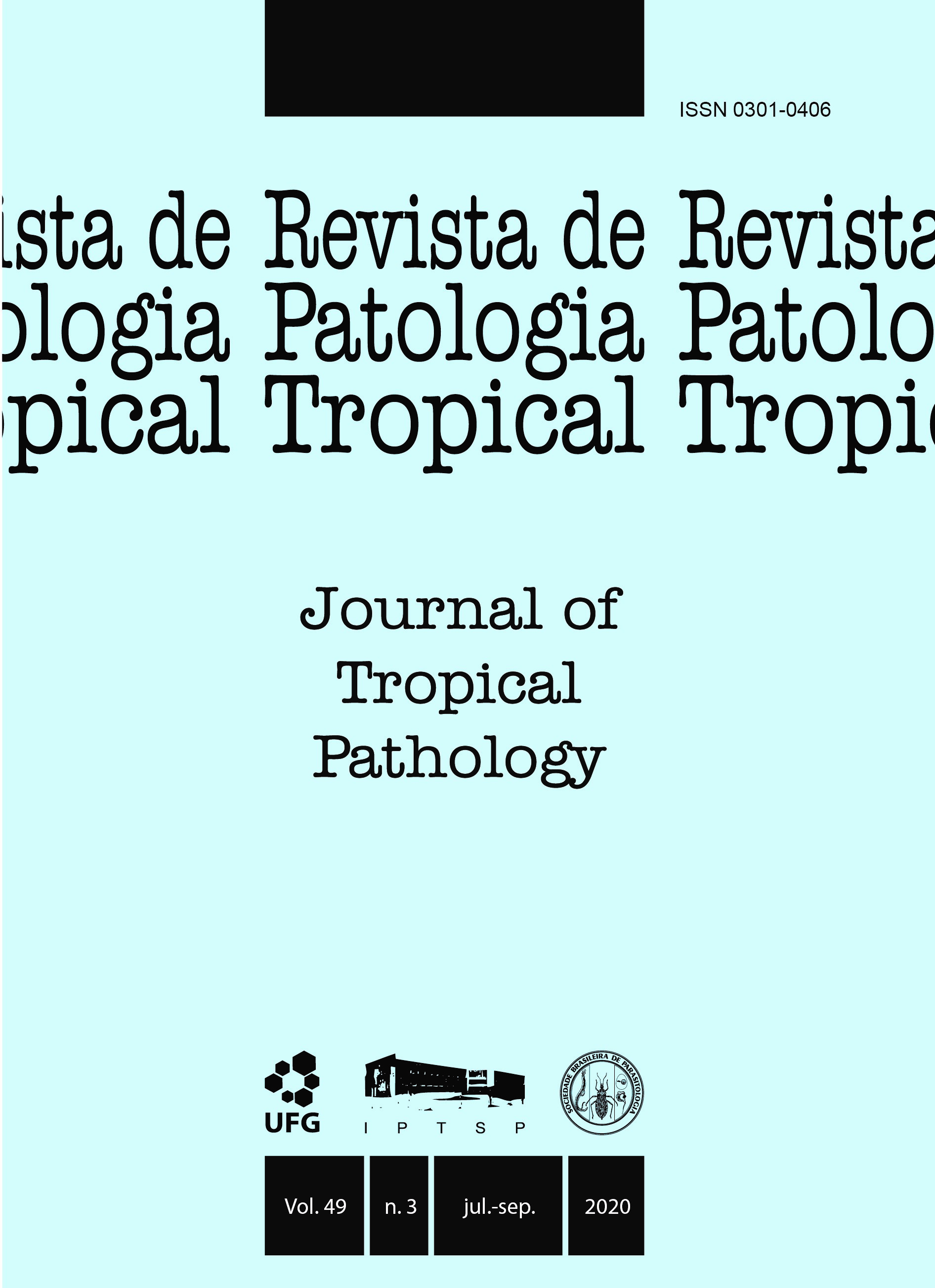Human african trypanosomiasis: current standing and challenges
DOI:
https://doi.org/10.5216/rpt.v49i3.62857Resumo
Human African trypanosomiasis (HAT) caused by the protozoan Trypanosoma brucei gambiense and Trypanosoma brucei rhodesiense, and transmitted by the tsetse fly (genus Glossina), affects 36 Sub-Saharan African countries with considerable public health impact. Despite approximately 15,000 infected individuals and 70 million at risk, in recent years the World Health Organization has mentioned removal of HAT from the list of Neglected Tropical Diseases by 2020, due to the decrease in cases over the last two decades. When untreated, the disease presents high lethality rates and the available treatments are complicated to administer, highly toxic, and do not guarantee cure, especially in the advanced stages of the disease. Further, there is no prospect for vaccine development in the near future. The present review compiles information on the history of the clinical aspects of HAT, as well as its epidemiology, diagnosis, therapy, and prophylaxis, as well as updating information on the current panorama and perspectives regarding the disease.
KEY WORDS: African Trypanosomiasis; neglected diseases; Trypanosoma brucei.
Downloads
Downloads
Publicado
Como Citar
Edição
Seção
Licença
The manuscript submission must be accompanied by a letter signed by all authors stating their full name and email address, confirming that the manuscript or part of it has not been published or is under consideration for publication elsewhere, and agreeing to transfer copyright in all media and formats for Journal of Tropical Pathology.

